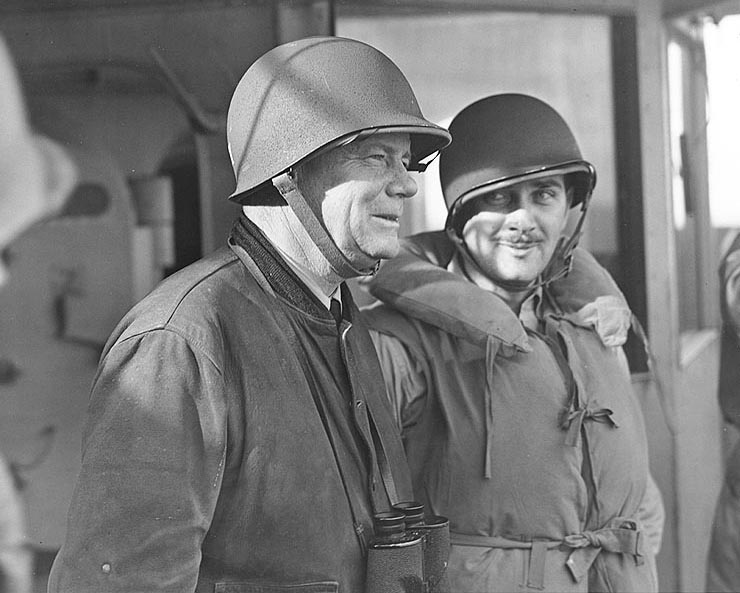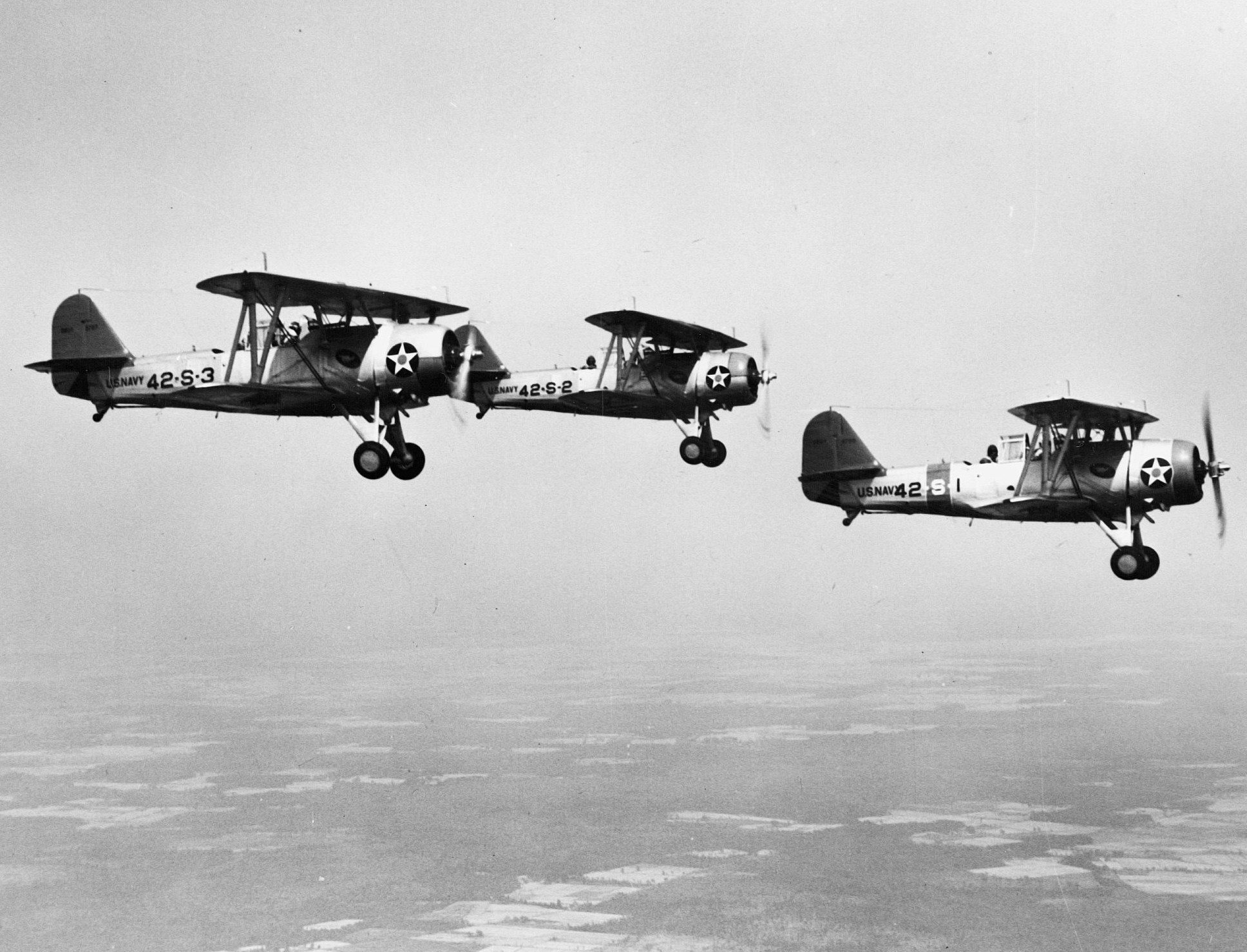|
Robert C. Giffen
Robert Carlisle Giffen (1886 – 1962) was an admiral in the United States Navy. Birth to the beginning of World War I Robert Carlisle Giffen was born in West Chester, Pennsylvania, on 29 June 1886. He attended the University of Notre Dame, in South Bend, Indiana, before appointment to the U.S. Naval Academy from the State of Nebraska in 1903. Midshipman Giffen graduated with the Academy's class of 1907 and was assigned to the battleship USS ''Virginia'', in which he voyaged around the world with the " Great White Fleet" between late 1907 and early 1909. During the next four years, Giffen served in several ships and also participated regularly in the National Rifle Matches. Lieutenant (Junior Grade) Giffen served at the Washington Navy Yard in 1913-15 and was then assigned to the new destroyer USS ''Wainwright''. World War I and inter-war years During 1917-1918, Lieutenant Commander Giffen commanded the destroyer USS ''Trippe'' in European waters and served with the Sixth ... [...More Info...] [...Related Items...] OR: [Wikipedia] [Google] [Baidu] |
West Chester, Pennsylvania
West Chester is a borough and the county seat of Chester County, Pennsylvania. Located within the Philadelphia metropolitan area, the borough had a population of 18,461 at the 2010 census. West Chester is the mailing address for most of its neighboring townships. When calculated by mailing address, the population as of the 2010 U.S. Census was 108,696, which would make it the 10th largest city by mailing address in the state of Pennsylvania. Much of the West Chester University of Pennsylvania North Campus and the Chester County government are located within the borough. The center of town is located at the intersection of Market and High Streets. History The area was originally known as Turk's Head—after the inn of the same name located in what is now the center of the borough. West Chester has been the seat of government in Chester County since 1786 when the seat was moved from nearby Chester in what is now Delaware County. The borough was incorporated in 1799. In the heart ... [...More Info...] [...Related Items...] OR: [Wikipedia] [Google] [Baidu] |
Great White Fleet
The Great White Fleet was the popular nickname for the group of United States Navy battleships which completed a journey around the globe from December 16, 1907 to February 22, 1909 by order of President Theodore Roosevelt. Its mission was to make friendly courtesy visits to numerous countries while displaying new U.S. naval power to the world. One goal was to deter a threatened war with Japan since tensions were high in 1907. It familiarized the 14,500 officers and men with the logistical and planning needs for extended fleet action far from home. Hulls were painted a stark white, giving the armada its nickname. It consisted of 16 battleships divided into two squadrons, along with various small escorts.The Great White Fleet by Department of the Navy – Naval History and Heritage Comman [...More Info...] [...Related Items...] OR: [Wikipedia] [Google] [Baidu] |
British Home Fleet
The Home Fleet was a fleet of the Royal Navy that operated from the United Kingdom's territorial waters from 1902 with intervals until 1967. In 1967, it was merged with the Mediterranean Fleet creating the new Western Fleet. Before the First World War, it consisted of the four Port Guard ships. In 1905 it was disestablished, and from 1905 to 1907 remaining ships at a lesser state of readiness were split into the reserve divisions (Devonport Division, Nore Division, and Portsmouth Division). During the First World War, it comprised some of the older ships of the Royal Navy. During the Second World War, it was the Royal Navy's main battle force in European waters. Pre-First World War In the first years of the 20th century, the Royal Navy had four 'Port Guard' ships, stationed in the major naval bases, partially to act as flagships for the admirals commanding at those ports. These vessels appear to have been stationed at the Nore, Portsmouth, and Plymouth, as well as one other m ... [...More Info...] [...Related Items...] OR: [Wikipedia] [Google] [Baidu] |
Neutrality Patrol
On September 3, 1939, the British and French declarations of war on Germany initiated the Battle of the Atlantic. The United States Navy Chief of Naval Operations (CNO) established a combined air and ship patrol of the United States Atlantic coast, including the Caribbean, on 4 September, President Franklin D. Roosevelt declared the United States' neutrality on 5 September, and declared the naval patrol a Neutrality Patrol.Cressman, p. 2 Roosevelt's initiation of the Neutrality Patrol, which in fact also escorted British ships, as well as orders to U.S. Navy destroyers first to actively report U-boats, then "shoot on sight", meant American neutrality was honored more in the breach than observance. Background Upon declaration of war, the United Kingdom, France, and Germany attempted to restrict their adversaries' ability to import raw materials and manufactured goods. The belligerent navies were deployed to intercept ships capable of carrying such imports. Ships evading enemy nava ... [...More Info...] [...Related Items...] OR: [Wikipedia] [Google] [Baidu] |
Naval War College
The Naval War College (NWC or NAVWARCOL) is the staff college and "Home of Thought" for the United States Navy at Naval Station Newport in Newport, Rhode Island. The NWC educates and develops leaders, supports defining the future Navy and associated roles and missions, supports combat readiness, and strengthens global maritime partnerships. The Naval War College is one of the senior service colleges including the Army War College, the Marine Corps War College, and the USAF Air War College. Additionally, the U.S. Department of Defense operates the National War College. History The college was established on October 6, 1884; its first president, Commodore Stephen B. Luce, was given the old building of the Newport Asylum for the Poor to house it on Coasters Harbor Island in Narragansett Bay. Among the first four faculty members were Tasker H. Bliss, a future Army Chief of Staff, James R. Soley, the first civilian faculty member and a future Assistant Secretary of the Navy, and ... [...More Info...] [...Related Items...] OR: [Wikipedia] [Google] [Baidu] |
USS Savannah (CL-42)
USS ''Savannah'' (CL-42) was a light cruiser of the that served in World War II in the Atlantic and Mediterranean theatres of operation. ''Savannah'' conducted Neutrality Patrols (1941) and wartime patrols in the Atlantic and Caribbean (1942), and supported the invasion of French North Africa in Operation Torch (November 1942). She sought German-supporting blockade runners off the east coast of South America (1943), and supported the Allied landings on Sicily and at Salerno (1943). Off Salerno on 11 September 1943, a German radio-controlled Fritz X glide-bomb caused extensive casualties aboard and serious damage to ''Savannah,'' requiring emergency repairs in Malta and permanent repairs at the Philadelphia Naval Shipyard. After repairs and upgrades, she served in the task force that carried President Roosevelt to the Yalta Conference in early 1945. Construction and launch ''Savannah'' was laid down on 31 May 1934 by the New York Shipbuilding Corporation in Camden, New Jersey; ... [...More Info...] [...Related Items...] OR: [Wikipedia] [Google] [Baidu] |
USS Neches (AO-5)
USS ''Neches'' (AO–5) was laid down on 8 June 1919 by the Boston Navy Yard in Boston, Massachusetts; launched on 2 June 1920, sponsored by Miss Helen Griffin, daughter of Rear Admiral Robert Griffin; and commissioned on 25 October 1920. Originally classified as Fuel Ship No. 17 through 1920, ''Neches'' was assigned to Boston until 3 March 1922. During service with the Atlantic Fleet, she performed fleet fuel duties along the East Coast, participated in tactical exercises, carried mail, and towed targets. She also made several trips to Port Arthur, Texas, for fuel oil and gasoline. She fueled at Fall River, Massachusetts, in early March 1922 and then steamed for Norfolk, Virginia. She next got underway for her new home yard at Mare Island, California, and thence to San Diego, California, her new homeport, whence she operated as a fleet oiler. She underwent overhaul commencing on 1 May 1926 at Mare Island, during which a new hydraulic gasoline stowage system was ins ... [...More Info...] [...Related Items...] OR: [Wikipedia] [Google] [Baidu] |
USS Sacramento (PG-19)
The second USS ''Sacramento'' (PG-19) was a gunboat in the United States Navy. ''Sacramento'' was launched on 21 February 1914 by the William Cramp & Sons Shipbuilding Company, Philadelphia; sponsored by Miss Phebe Briggs; and commissioned on 26 April 1914 at the Philadelphia Navy Yard under the command of Commander Luke McNamee. Construction and design In 1911, it was decided to order a new gunboat as a cheaper alternative to the US Navy's ''Denver''-class cruisers, designed to patrol in the Caribbean. The new ship would carry much less armament and not be able to carry troops, allowing a much smaller ship. Construction of the ship was authorized by Act of Congress on 4 March 1911, but no shipyard was willing to build the Navy's design for the target cost of $500,000, and the Navy was forced to further reduce the design, cutting speed and range, before it could be ordered. The final design was long overall and long between perpendiculars, with a beam of and a draft of ... [...More Info...] [...Related Items...] OR: [Wikipedia] [Google] [Baidu] |
USS South Dakota (ACR-9)
The first USS ''South Dakota'' (ACR-9/CA-9), also referred to "Armored Cruiser No. 9", and later renamed ''Huron'', was a United States Navy armored cruiser. ''South Dakota'' was laid down on 30 September 1902 by the Union Iron Works, San Francisco, California, she was launched on 21 July 1904; sponsored by Grace Herreid, daughter of Charles N. Herreid, Governor of South Dakota, and commissioned on 27 January 1908. Design An act of Congress authorized ''South Dakota'' on 7 June 1900. The ship's hull and machinery cost a contract total of $3,750,000. Her plant consisted of vertical triple expansion engines and 16 Babcock and Wilcox boilers, which powered two propellers. Four funnels, one cage mast, and one military mast provided a distinctive silhouette. One Type J submarine signal receiving set equipped the ship. Capt. Charles E. Fox reported on board as the ship's General Inspector on 30 August 1907. The cruiser completed her preliminary acceptance on 19 November. Shakedown ... [...More Info...] [...Related Items...] OR: [Wikipedia] [Google] [Baidu] |
USS Schley (DD-103)
USS ''Schley'' (DD-103) was a in the United States Navy during World War I and later designated, APD-14 in World War II. She was the first ship named in honor of Winfield Scott Schley. Construction and commissioning ''Schley'' was laid down on 29 October 1917 by Union Iron Works, San Francisco, California. The ship was launched on 28 March 1918, sponsored by Miss Eleanor Martin. The destroyer was commissioned on 20 September 1918, Commander Robert C. Giffen in command. Service history World War I ''Schley'' sailed from San Diego on 10 October 1918 for the east coast and, on 12 November, departed New York for the Mediterranean Sea. On 24 January 1919 at Taranto, Italy, she embarked Rear Admiral Mark L. Bristol, Senior American Naval Officer in Turkey, and transported him to Constantinople. ''Schley'' next assumed duty in the Adriatic Sea, acting as station ship at Pola, Italy, from 17 February to 15 April, and then visiting Italian and Yugoslav ports on the Adriatic ... [...More Info...] [...Related Items...] OR: [Wikipedia] [Google] [Baidu] |
British Grand Fleet
The Grand Fleet was the main battlefleet of the Royal Navy during the First World War. It was established in August 1914 and disbanded in April 1919. Its main base was Scapa Flow in the Orkney Islands. History Formed in August 1914 from the First Fleet and part of the Second Fleet of the Home Fleets, the Grand Fleet included 25–35 modern capital ships. It was commanded initially by Admiral Sir John Jellicoe.Heathcote, p. 130 The 10th Cruiser Squadron carried out the Northern Patrol between the Shetlands and Norway and cruisers from Cromarty and Rosyth operated a second line (and screened the fleet) in enforcing the blockade of Germany. The administrative complications of the distant blockade across the northern exits of the North Sea overwhelmed the capacity of Vice Admiral Francis Miller, the Base Admiral in Chief from 7 August 1914, devolving on the commander in chief, Admiral John Jellicoe. To relieve the administrative burdens on Miller and Jellicoe, the post of t ... [...More Info...] [...Related Items...] OR: [Wikipedia] [Google] [Baidu] |







_underway_off_Mare_Island_in_October_1943.jpg)